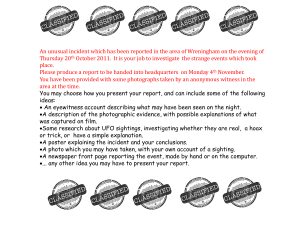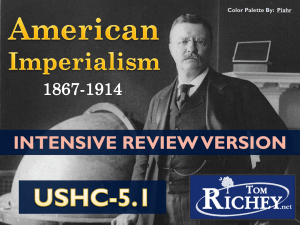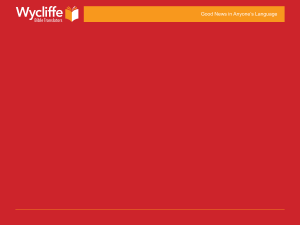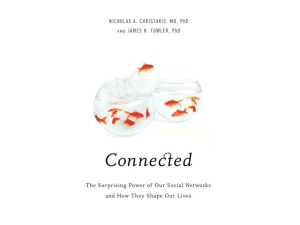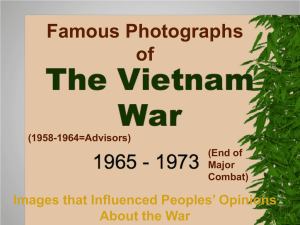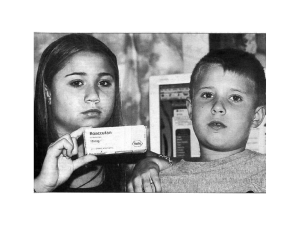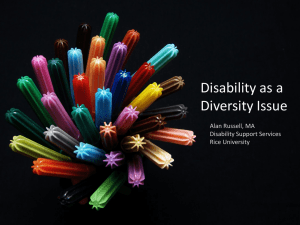photographs available in a powerpoint
advertisement
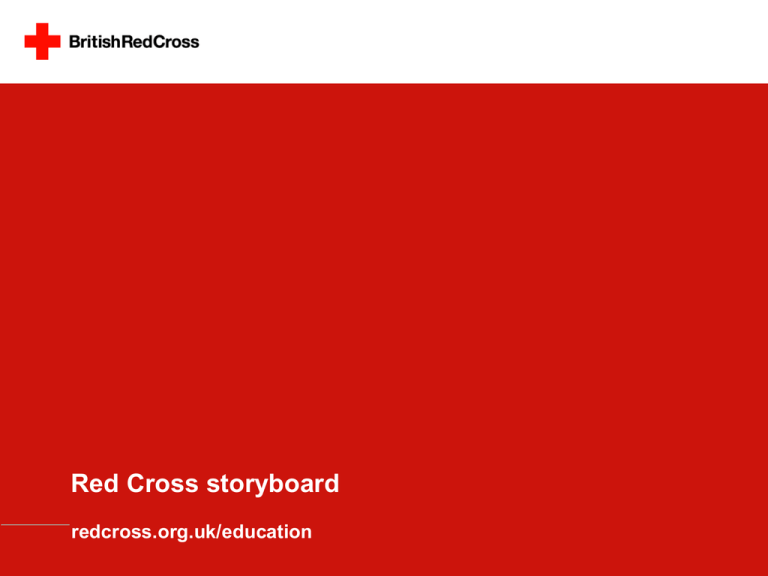
Red Cross storyboard redcross.org.uk/education Battle of Solferino, June 1859, by Carlo Bossoli Battle of Solferino, 24 June 1859 Henry Dunant, founder of the Red Cross Movement Colonel Robert LoydLindsay, one of the founders of the British Red Cross, on foot during the Franco-Prussian war German military doctors, World War I A “hospital” ward with volunteer nurses and patients at a country house in Lyme Regis, Dorset, 20 March 1915 Church collection appeal poster, designed by Tom Purvis. Red Cross personnel work in the enquiry rooms for the missing and wounded in Geneva. A group of mainly women volunteer ambulance drivers in Etaples, France, in 1917. Lebanese Red Cross first aid volunteers evacuate an elderly woman from the southern town of Tyre to a hospital in Beirut. ICRC food distribution Kunduz Province North Afghansitan Families looking at photos of missing relatives at Monrovia redemption hospital, Liberia. Tracing family members in Gashora, Rwanda Writing up a Red Cross message with a detainee in Djibouti town, Gabode central prison. Photo captions and credits Photo 1 Photo 2 Photo 3 Photo 4 Photo 5 Photo 6 Photo 7 Photo 8 Photo 9 Photo 10 Photo 11 Photo 12 Photo 13 Photo 14 Battle of Solferino, June 1859. Painting by Carlo Bossoli, Museo Nazionale del Risorgimento, Turin © Photothèque ICRC (DR) Battle of Solferino, 24 June 1859 © Photothèque CICR (DR)/ Henry Dunant, founder of the Red Cross Movement © British Red Cross Museums and Archives The Franco-Prussian war (1870-71) was the first major conflict the British Red Cross responded to. This watercolour painting by Robert Thomas Landells shows one of its founders, Colonel Robert LoydLindsay, on foot at Versailles. Image reference 0037A/2 © British Red Cross Museums and Archives German military doctors, World War I © British Red Cross A “hospital” ward with volunteer nurses and patients at a country house in Lyme Regis, Dorset, 20 March 1915. On the outbreak of war, both the Joint War Committee and the War Office were inundated with offers of buildings for use as a temporary hospitals. The Red Cross administered 3,000 of them. Image reference 1619/13/IN1801 © British Red Cross Museums and Archives Church collection appeal poster, designed by Tom Purvis. In 1914, the Red Cross decided to ask churches of all denominations to donate one day's collection money to the Red Cross. In 1915, church members donated £85,000. Image reference 1545/1 © British Red Cross Museums and Archives Red Cross personnel work in the enquiry rooms for the missing and wounded in Geneva. The Red Cross set up centres for recording wounded and missing soldiers and sailors during the First World War. Volunteers, including the writer E.M. Forster, searched in villages and hospitals after battles to find out what happened to the missing. In this way, families could finally discover the fate of their loved ones. This was the start of the international tracing and message services. © British Red Cross Museums and Archives A group of mainly women volunteer ambulance drivers in Etaples, France, in 1917. Image reference 634/IN0484 © British Red Cross Museums and Archives Lebanese Red Cross first aid volunteers evacuate an elderly woman from the southern town of Tyre to a hospital in Beirut. The woman was trapped under rubble following bombing. © Marko Kokic/ICRC ICRC food distribution Kunduz Province North Afghansitan © Ash Sweeting/British Red Cross Families looking at photos of missing relatives at Monrovia redemption hospital, Liberia. © Boris Heger/ICRC Working with lists of people looking for a family member in Gashora, Rwanda on market day as part of the international message and tracing service. © Paul Grabhorn/ICRC Writing up a Red Cross message with a detainee in Djibouti town, Gabode central prison. © Boris Heger/ICRC Important legal note The photographs supplied with this resource are fully protected by copyright. A licence for educational use for each photograph has been acquired by the education unit of the British Red Cross. This allows schools and other educational organisations to use them freely, without payment, as part of the resource. The licence does not extend beyond this use. This means that anyone wishing to put the images on a website, crop or edit them, or use them in any other way than for the quiz, must first contact the copyright holder and negotiate a licence for the use they require. Picture agencies take violation of licences very seriously. Some charge punitive damages for unauthorised use of copyright photographs – in some cases up to five times the standard licence fee. If you are unsure whether your proposed use is acceptable, please contact the copyright holder. The British Red Cross will be unable to assist anyone who violates the terms of the licence.
